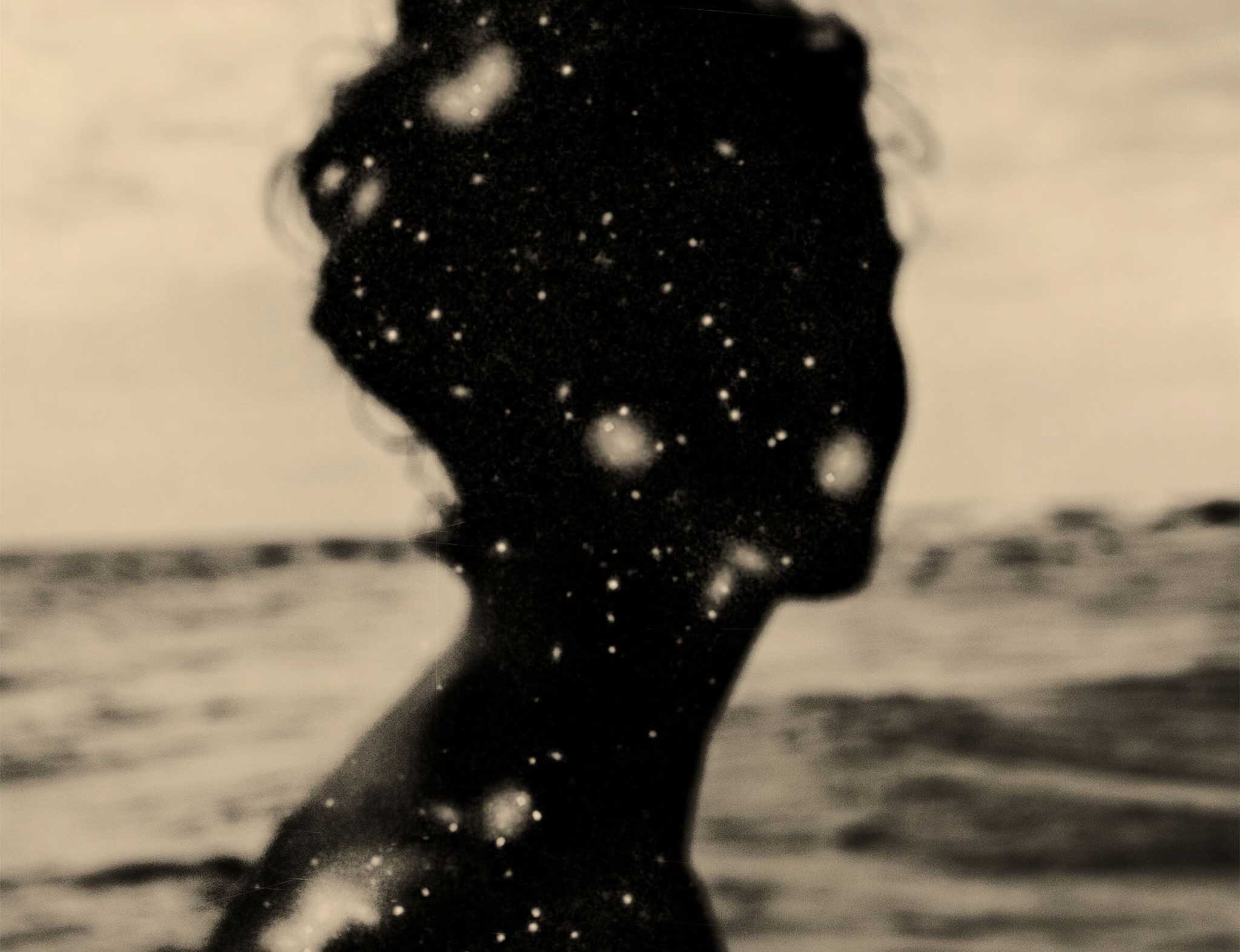Appropriation as an art practice has to do mostly with spontaneous actions and humble gestures that we have, as an instinct, in common with many animals, by subtracting material from its natural state from the environment.
ChárōnDisconnecting from Capitalism Through Art: A Methodology of Appropriation | Chárōn
Chárōn is an art exhibition project born in 2018 by visual artists Marta Di Donna, Francesca Mussii, and Vincenzo Zancana. It is focused on various environmental issues such as forest fires, deforestation, and landscape changes in the contemporary Anthropocene.
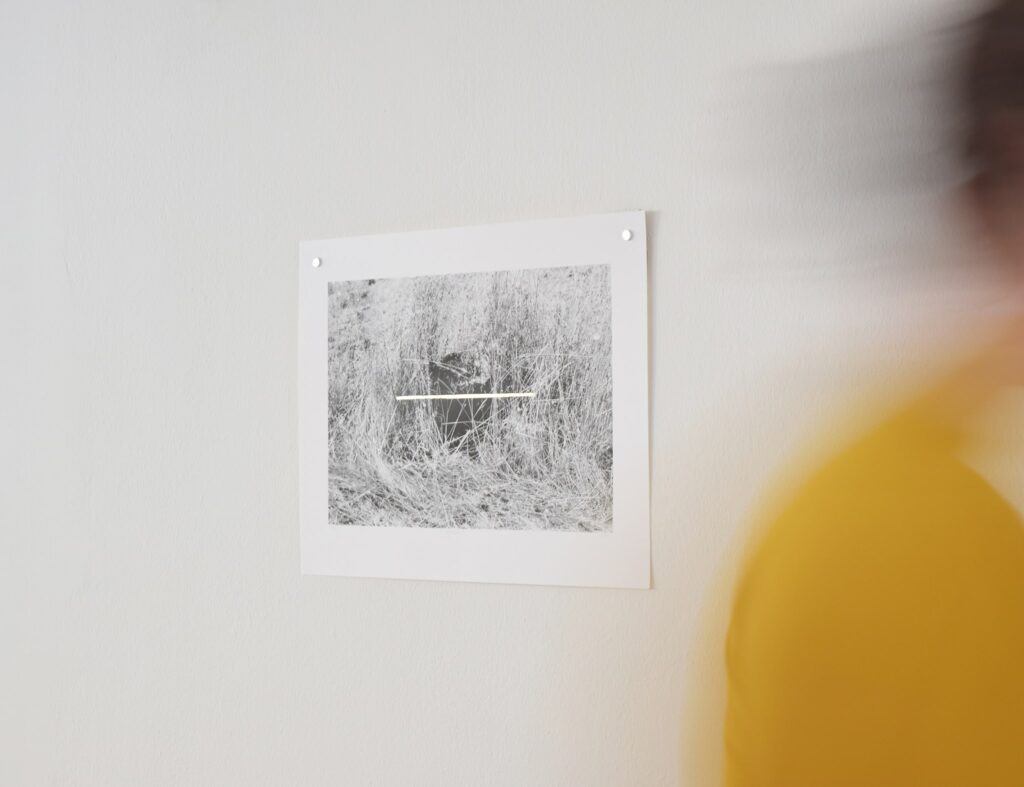
”We believe that artists should not follow the scheme of a capitalistic society in which the act of producing is merely due to the rising of capital and constantly running toward production as a mechanical scheme. This scheme is not only a failure for the individual but is toxic to the true essence of art practices. In this mechanic scheme, blank spaces dedicated to thinking and the time to meet and discuss isn’t permitted; nor is it time to walk into a forest to contemplate life.
We are three visual artists with different backgrounds. We grew up in different contexts and have individual artistic practices, but we met in Milan at the Fine Art Academy of Brera. One day Marta said, ‘Let’s have a look into a burnt natural reserve next to my hometown!’. This suggestion broke the mechanic scheme of our daily academy routine. Our dialogue as an art collective, at Marta’s invitation, had started by the end of 2017.
That year in Italy, 74.965 hectares of forests were lost in forest fires in just seven months. We visited the burned natural reserve of Malascarpa two months after the first big fire. However, the panorama was still very shocking. At the entrance of the reserve, we first crossed a surprising blooming field of wild garlic with a very strong smell, and right after, we plunged into a quite infernal scene: hectares and hectares of carbonized trees.
The colors there were quite surreal; some silver firs got safe from the flames; they stood next to us like unharmed people. That experience was very strong. For this reason, we decided to come back afterwards with an ERSAF’s specialist (Environmental Local Institution), who explained many details on naturalistic aspects we didn’t know, especially about the long land reclamation process that the field had to deal with. After the visit, we decided we wanted to base a whole exhibition on this experience.
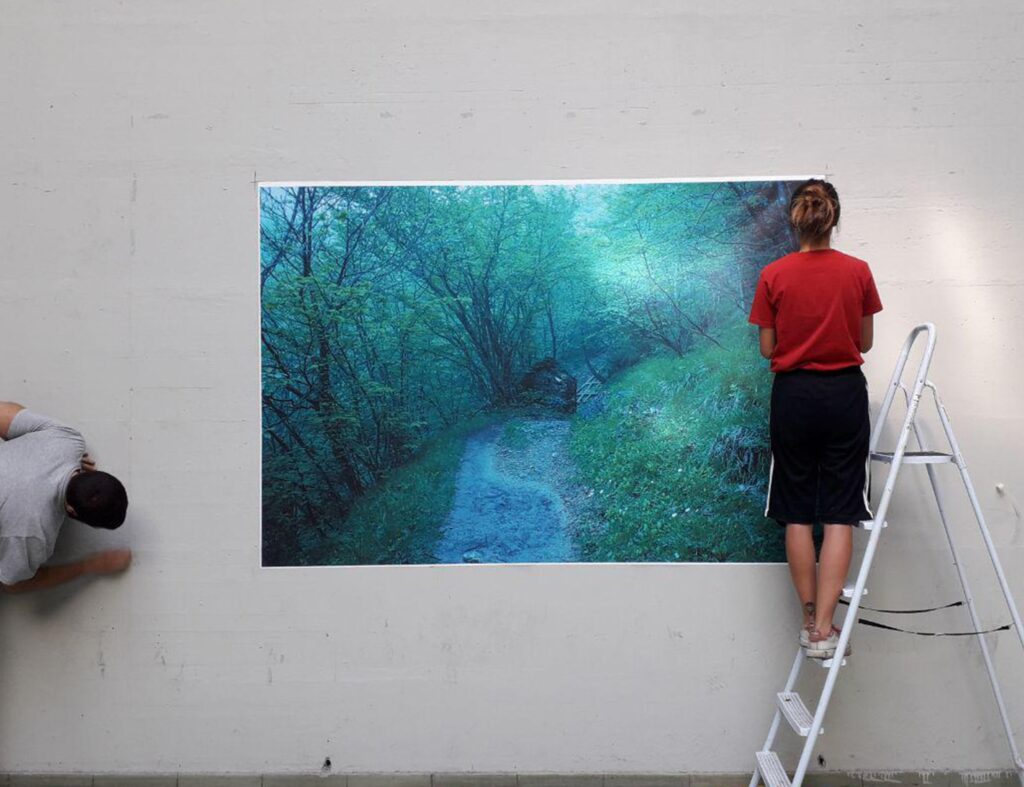
In 2018, Spazio Serra in Milan invited us to show our first art installation. We invaded the exhibition space under an underground station with burned trees coming straight from the mountain.
The idea was to show the trees as relics, leaving those pieces of branches as they were, burned and corroded by flames. In order to stress the importance of that material and to celebrate those former living beings, we treated branches like in old times people buried celebrities. We prolonged those wooden bodies with golden sculptural material.
We wanted to have a direct impact on visitors; everyone could see inside the space through the transparent wall of Spazio Serra. Some people pass by Spazio Serra every morning in order to catch the metro next to the exhibition space. They could have at least two seconds a day to think about our theme. ‘Maybe they could discuss it while waiting for the next metro stop,’ suggested Vincenzo. This, for us, is an intent to move the art’s responsibility, awakening public sensibility.
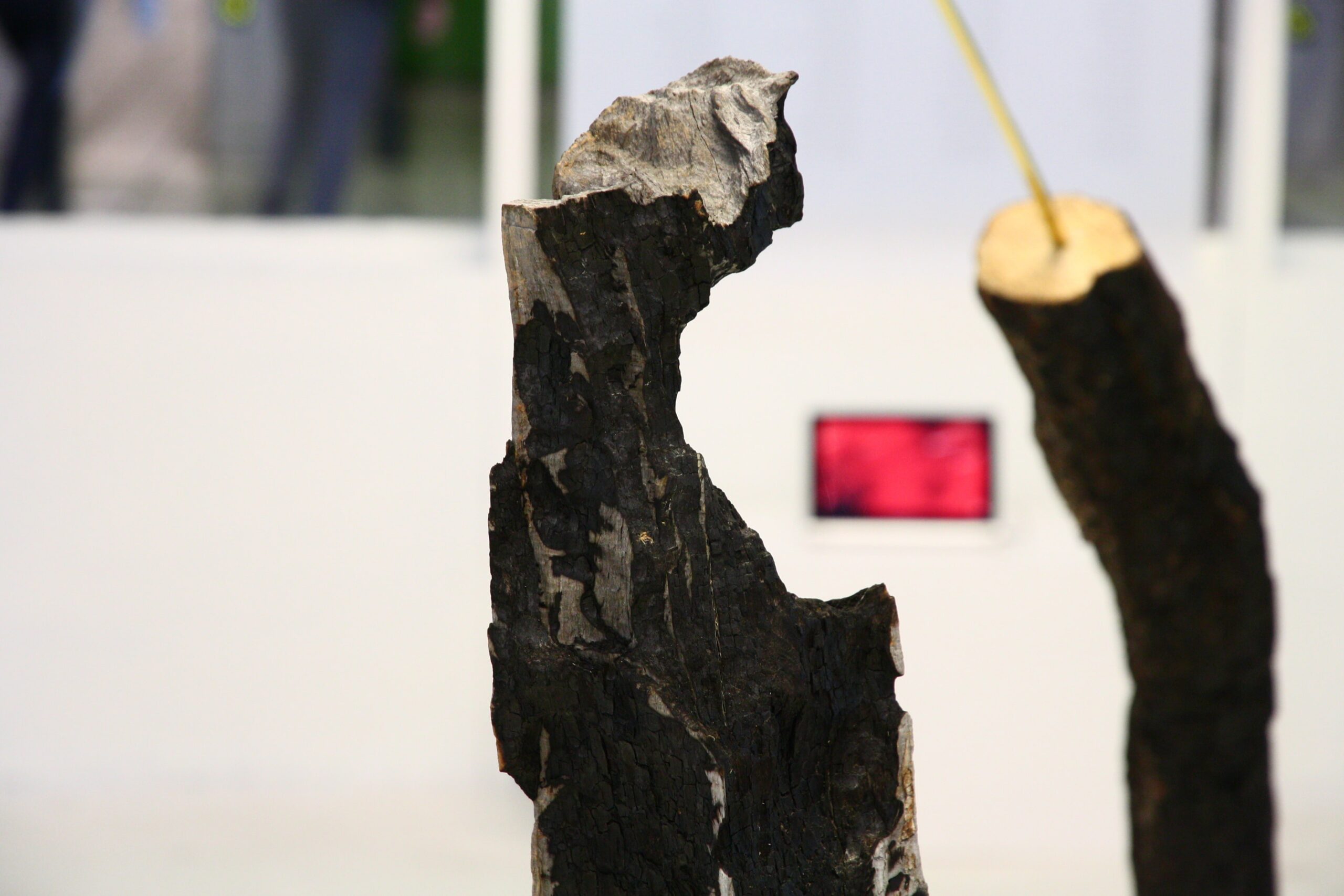
I recall the title of this edition: Movements: Rhythms of Nature. We can say that our working methodology follows the rhythms and stillness of nature. We don’t produce artwork a priori, but it is the environment that astonishes us and gives us our creation. Spaces of stillness in between projects are very important. An art installation takes time to mature, grow, and develop its concept.
For continuing our creation process, we all certainly agreed on maintaining the art practice of appropriation. That is, to transfer the material directly from the natural environment to the exhibition space. In 2021, with the exhibition Ferocia Illuminata built in Kunstschau Space in Lecce, we laid out on the ground the rest of the trees hit by Xylella bacteria. People could enter the space, smell the perfume of wood, and step onto it. In the space, there was a red filter that gave a general dramatic mood to the art installation. Even this time, we wanted to convey our experience to the visitor in a quite direct way.
Ferocia Illuminata, speaks about the sad reality of the drying of the olive trees hit by Xylella bacteria. We planned to arrive in Salento during the summer, when fires were more frequent, and you could see them 30 meters away from touristic beaches and resorts. We found this paradoxical and shocking. This time we saw real fire: apparently the drying of those millennial olive trees facilitates the spreading of flames, but also the difficulties farmers have organizing the disposal of those dead trees leads many people to hit fires illegally. This is, sadly, a very common phenomenon.
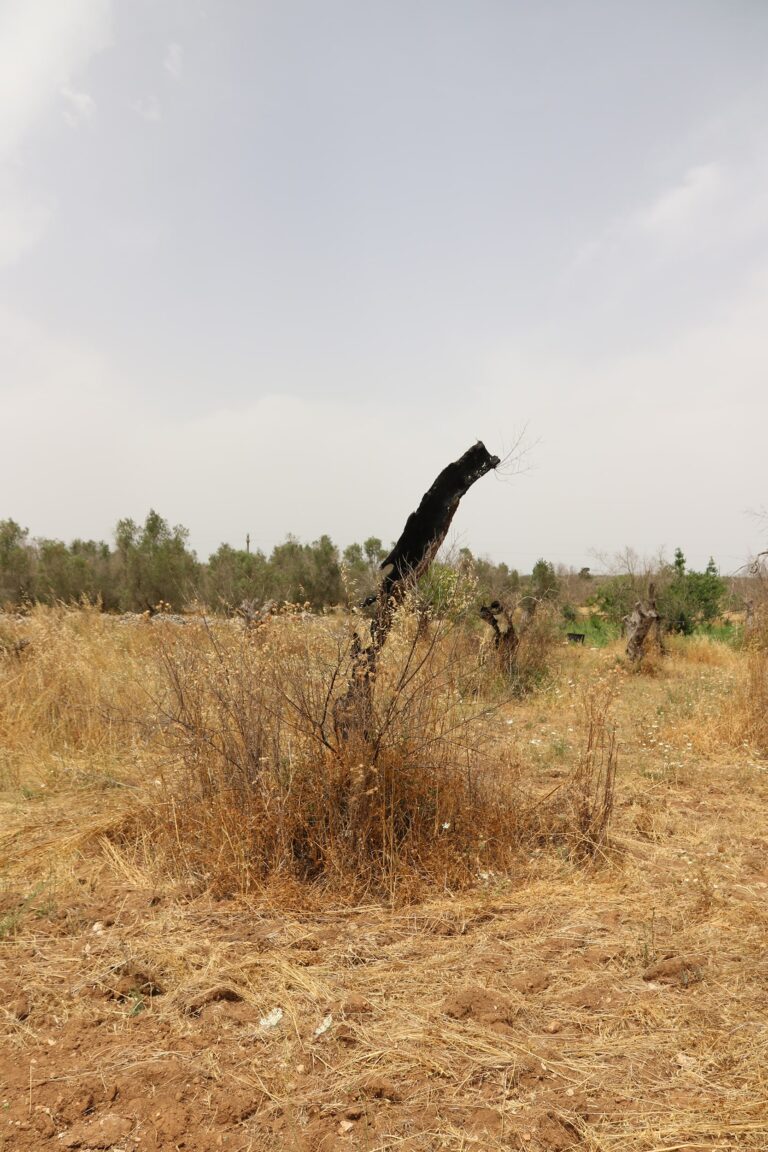
We spoke to locals and farmers, and we researched many hit areas. The more we researched, the more we found contrasted reactions: fear, disparity, disillusionment, conspiracy theories, hope… But more than anything, we saw the impotence of men to deal with nature, or more precisely, to deal with their own actions. This is why in Ferocia Illuminata we decided to install two brass plates with an unsolved question engraved on them: ‘Cui Prodest?’. It is a Latin locution that means ‘Who benefits from all of this?’. This project reveals how vulnerable mankind is, overwhelmed by the capitalist machine. The millennial monoculture of olive oil is an economy that grew strongly through the centuries and became the symbol of the whole Mediterranean area, but in our experience, we found it so fragile and unmanageable.
While artists like us are questioning the reason for this dystopian scenario, we can see with the corner of our eyes that nature is regenerating itself and that olive trees are slowing growing back up from the roots in the most spontaneous way, in the form of big bushes, far from their role of “producer”: no longer forced to exist for mass oil production.
We have seen a slight irony in this. We understood that nature needs time to regenerate itself. However, in the meantime, art can have a voice. With Ferocia Illuminata, we established a sort of landmark, also including this message: remember that a landscape will always regenerate by itself!
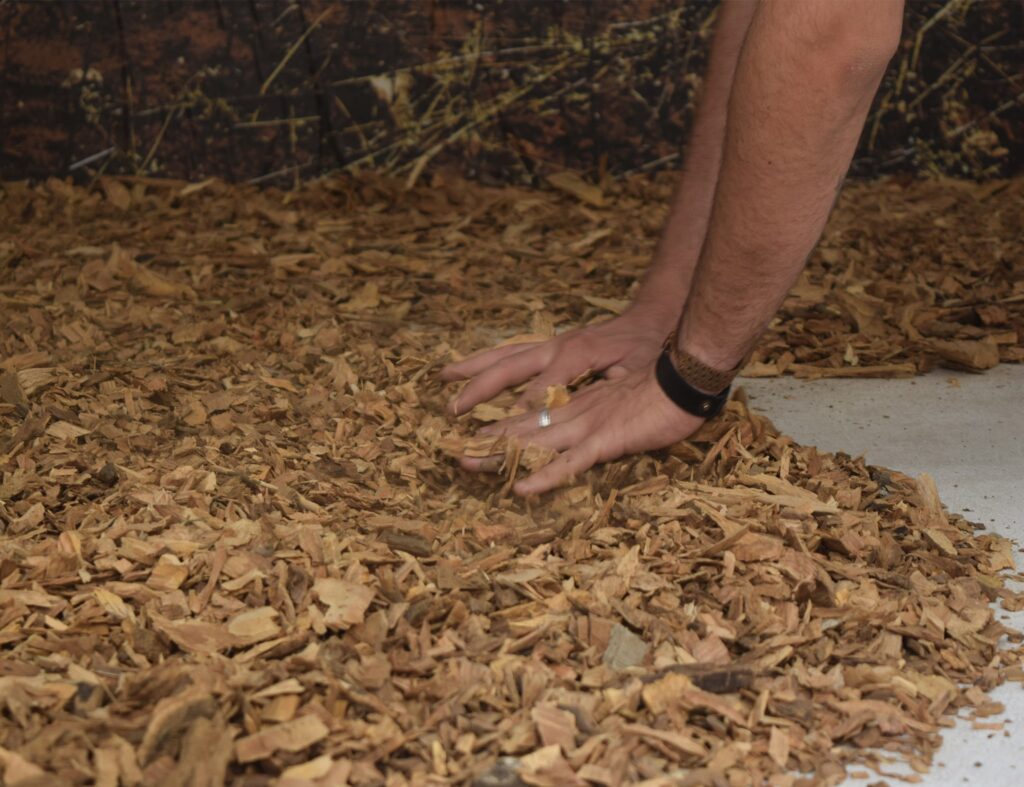
Appropriation as an art practice has to do mostly with spontaneous actions and humble gestures that we have, as an instinct, in common with many animals, by subtracting material from its natural state from the environment.
Our concept of appropriation is far from the concept of extraction, which is a capitalistic approach. Appropriation means meeting an element or an object during a walk in the forest. Appropriation can be the first step to questioning the actual state of a natural phenomenon, sometimes marked by the inevitable footprint of mankind.
We are currently working on our third project as a collective titled Negus to be relished at Spazio Lampo in Chiasso (CH), focusing on different non-organic materials found during a walk in a forest. In this case, we are dealing with abandoned, man-made (usually metal) materials lying on the forest floor, surrounded by trees. Obviously, the material has nothing to do with the environment but has been placed there by man. It will appear clear that someone has appropriated the material. either because it hinders the passage of animals or, above all, because it is no longer of any use but nevertheless it has a story of humankind’s relation to the Earth”.


